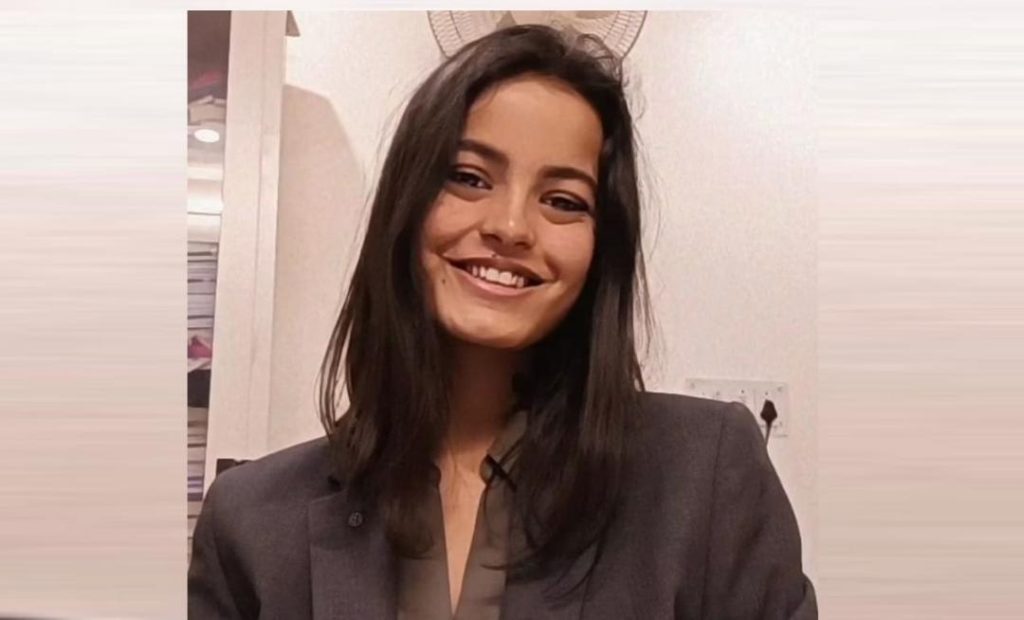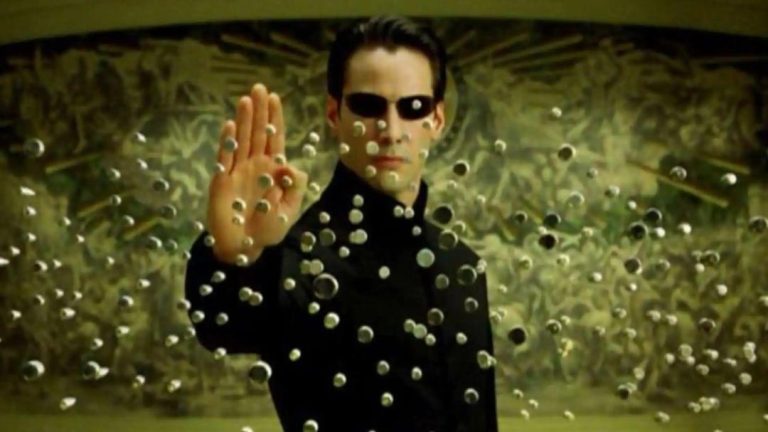
AI Sign Translator by VIT Student Wows the World
In a groundbreaking innovation that has left the world in awe, a 21-year-old student from Vellore Institute of Technology (VIT) has created an AI-powered real-time sign language translator using just a webcam. Priyanjali Gupta’s project, which converts American Sign Language (ASL) gestures into text, has the potential to break communication barriers for speech and hearing-impaired individuals worldwide.
The remarkable achievement is a testament to the power of young minds and the impact that accessible technology can have on society. With the rise of artificial intelligence (AI) and machine learning, breakthroughs like Priyanjali’s are not only a reflection of human ingenuity but also a reminder of the importance of inclusivity and accessibility.
So, how did Priyanjali, a second-year student at VIT, create this remarkable AI sign translator? According to her, it all began with a passion for sign language and a desire to make a difference in the lives of those who are often marginalized due to communication barriers. With the help of open-source tools and a strong sense of purpose, Priyanjali used her skills in computer programming to develop an AI-powered system that can recognize and translate ASL gestures in real-time.
The process of creating the AI sign translator was not without its challenges. Priyanjali faced numerous hurdles, from collecting and labeling a large dataset of ASL gestures to developing an algorithm that could accurately recognize and translate the signs. However, her persistence and dedication paid off, and the result is a system that is not only impressive but also remarkably accurate.
The AI sign translator uses a webcam to capture the user’s hand movements and translates them into text in real-time. The system is designed to recognize a wide range of ASL gestures, from simple signs like “hello” and “goodbye” to more complex phrases and sentences. According to Priyanjali, the system can recognize up to 1,000 ASL signs and is capable of translating at a speed of up to 10 words per minute.
What makes Priyanjali’s AI sign translator truly remarkable is its potential to impact the lives of millions of people worldwide. For speech and hearing-impaired individuals, communication can be a daunting task, and the lack of access to effective communication tools can lead to feelings of isolation and exclusion. The AI sign translator, on the other hand, offers a lifeline, providing a means for these individuals to communicate effectively and independently.
The implications of Priyanjali’s innovation extend beyond the speech and hearing-impaired community. The AI sign translator has the potential to revolutionize the way we communicate, enabling individuals with different abilities to connect and interact more easily. It also has the potential to reduce barriers in education, employment, and healthcare, promoting greater inclusivity and accessibility in all aspects of life.
Priyanjali’s achievement has not gone unnoticed. Her AI sign translator has garnered global praise, with many hailing her as a pioneer in the field of accessible technology. The project has also sparked a renewed interest in the development of AI-powered communication tools, with many researchers and developers seeking to build upon Priyanjali’s work.
As we move forward, it is clear that the potential of AI and machine learning to drive innovation and accessibility is vast. With the rise of open-source tools and the increasing availability of data, the possibilities for creating life-changing technologies like Priyanjali’s AI sign translator are endless.
In conclusion, Priyanjali’s AI sign translator is a testament to the power of young minds and the impact that accessible technology can have on society. It is a reminder of the importance of inclusivity and accessibility, and a call to action for developers and researchers to continue pushing the boundaries of what is possible.
Source: https://ascendants.in/industry_events/priyanjali-ai-translator-sign-language/






